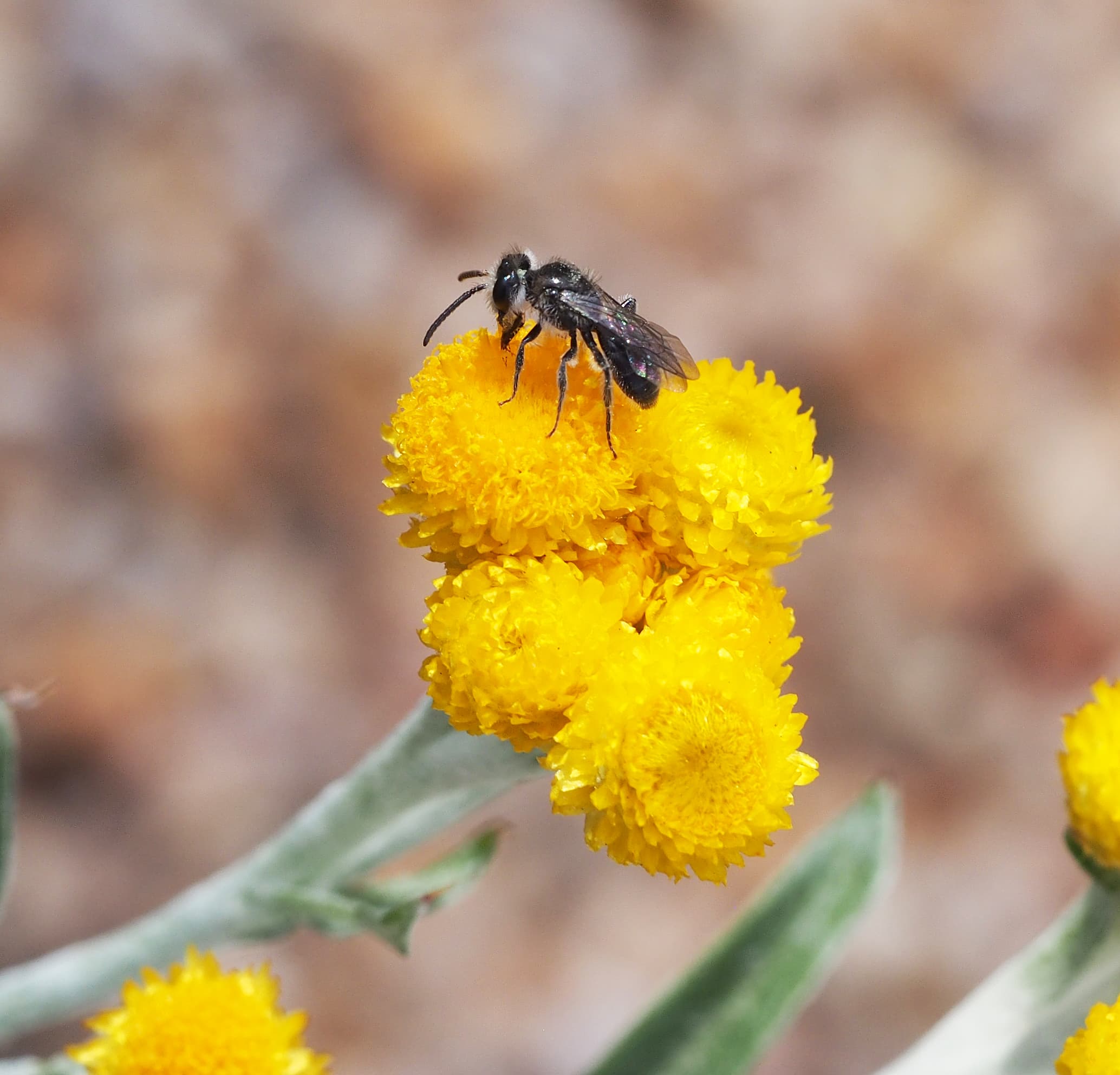Bees pollinate around 80% of all flowering plants, so if our bees are thriving, then agriculture and the wider community reap the benefits. This is the crux of the Australian Native Bee Strategic RD&E Plan, which is underpinned by recent research that identified Australian native stingless bees as a high-potential emerging industry.
“This plan sets the direction for growth and investment in the industry,” says Dr Olivia Reynolds, AgriFutures Australia Senior Manager – Emerging Industries. “It’s a resource to help everyone along the supply chain to identify the needs of the industry, as well as show investors the potential of the industry.”
Niche alternative for pollination services
The Australian Native Bee Strategic RD&E Plan outlines that native bee pollination services are likely to deliver the highest economic returns in the value chain. Ian Driver, President of the Australian Native Bees Association, says the success of macadamia farmers using native stingless bee pollination shows the potential of the industry.
“Because of their size, feeding requirements, nesting preferences and the fact they only live above the NSW-Victoria border, stingless native bees are best suited to small, niche farms where there is remnant bushland nearby,” he says.
“We’re also looking into whether solitary native bees (that occur Australia-wide) may be useful for pollinating crops grown in glasshouses.”
The role of bees has been put under the spotlight recently, with the NSW Varroa mite incursion and subsequent movement restrictions highlighting the importance of bees – particularly their pollination services – to Australian agriculture. While native bees are unlikely to ever match honeybees in the scale of pollination services they can provide, there are opportunities to use alternative species of bees for pollination to reduce the risks of relying on a single pollinator which may be susceptible to predator, parasite and pathogen development (including Varroa mite).
Scaling native honey production
Native bee honey production is also an opportunity for the industry, as honey produced by native bees has a unique flavour, is low GI and does not cause tooth decay. Currently, Australian native bee honey production is estimated to have an industry value of less than $1 million but by 2030, this value is expected to increase to $3-5 million, with native bee honey retailing for $200-450 per kilogram.











